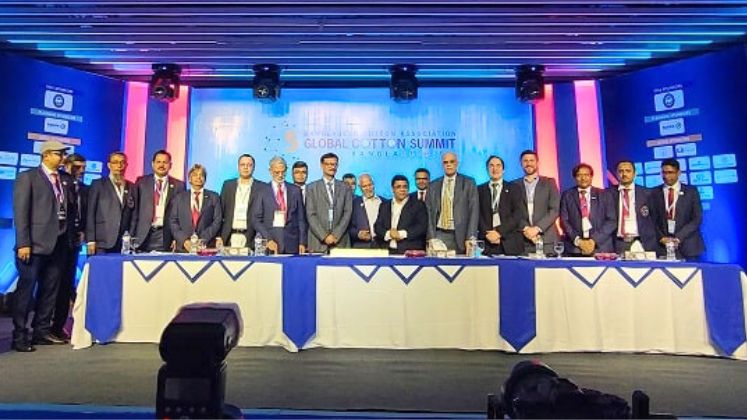
Delegates from Bangladesh’s textile spinning mills and the international cotton community are urging the Government to establish dedicated cotton warehousing facilities to address challenges related to lead times and price fluctuations.
Md. Showkat Aziz Russell, President of the Bangladesh Textile Mills Association (BTMA), engaged in discussions with various Government entities regarding the potential for cotton warehouses that would allow for storage of up to three months. This initiative aims to alleviate issues stemming from extended lead times, which currently exceed 90 days, and to minimize price volatility within the market.
During a recent meeting with the Chairman of Chattogram Port, Russell proposed utilising idle seaport facilities for cotton storage. He emphasized that this collaborative strategy would optimize the supply chain and reduce costs for textile manufacturers. “By working closely with BTMA and BGMEA, we are striving to improve port infrastructure and streamline processes. This will help to mitigate price fluctuations and ultimately enhance the competitiveness of Bangladeshi textile mills,” Russell stated at the ‘5th Global Cotton Summit Bangladesh 2025,’ organised by the Bangladesh Cotton Association in partnership with BTMA.
Russell also raised concerns about the increasing dependency on yarn imports from India, which accounted for 40 per of yarn usage last year. He warned that this reliance could lead to job losses in the domestic textile industry and urged the Government to take decisive action to curb illegal yarn imports.
Touhid Hossain, Foreign Advisor to the Ministry of Foreign Affairs, echoed Russell’s concerns over the lengthy cotton import lead times. He stated, “By establishing dedicated warehouse facilities, we can significantly reduce costs by 10-20 per cent and enhance supply chain efficiency. I am committed to expediting the implementation of these storage solutions.” Hossain emphasised that improving the availability of cotton within Bangladesh is essential for the sustainable growth of the industry.






